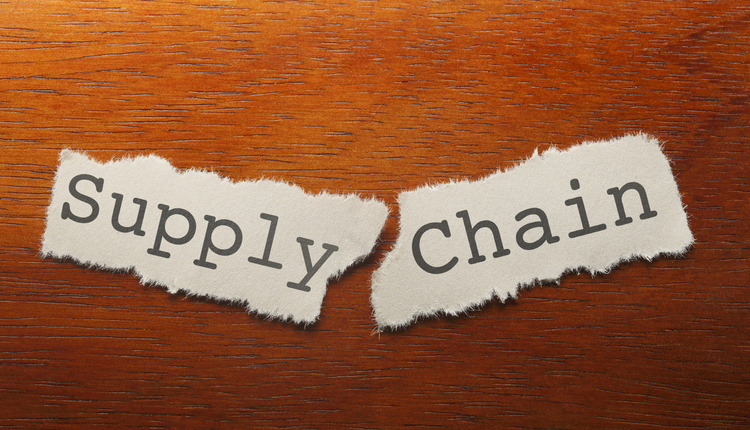This article originally appeared in our July/August issue
Did you celebrate the beginning of summer by ordering patio furniture online? Chances are, someone had to pay heavy surcharges on top of the regular delivery charge as more consumers order large items online. According to Forrester Research, e-commerce purchases of furniture are projected to grow at a compounded annual growth rate of 15% from 2014 to 2019. This compares to a 10% growth rate for e-commerce overall.
For small parcel providers such as FedEx and UPS, these larger items are a headache, particularly as they move through each provider’s ground networks. Bigger boxes may not fit through automated sorters or be easily read by high-tech package scanners, and those bulky odd-shaped boxes take up more space on trucks. In fact, oversized packages contributed to a 36% increase in FedEx Ground’s operating expenses in its second fiscal quarter of 2015.
As a result, FedEx and UPS have implemented oversize fees to recoup their costs. Meanwhile, both providers are reconfiguring their networks to improve delivery density and revenue per stop. For oversized items such as mattresses, sports equipment, and patio furniture, FedEx has added temporary facilities dedicated to the sortation of oversized packages. During one of its quarterly earning calls, FedEx commented that it was looking at new technology and other initiatives to further improve efficiency within its overall network. UPS is also in the process of rolling out its Heavy Goods Network (HGN) as a solution to mitigate capacity concerns.
During the 2015 holiday season, UPS negotiated with major retail shippers to try to eliminate discounts for large parcels. While the results are unknown, it appears UPS did not experience as large of a percentage increase in operating expenses as FedEx.
For retailers looking for alternative delivery options for large items, there are choices. More logistics providers, truckload, and less-than-truckload providers are introducing last mile solutions. For example, trucking companies Werner, Schneider and Estes and logistics provider XPO Logistics have introduced solutions to solve this problem. XPO Logistics recently doubled the size of its last-mile “market delivery center” in Illinois to 100,000 square feet. A company spokesperson noted that businesses are ordering equipment online and they expect the same type of experience that they, as consumers, receive when ordering personal items online.
In order to achieve a seamless experience, there are challenges such as investments in specialized equipment, development of customer-facing IT systems, and assurance that the delivery provider can realize decent financial returns from businesses that offer free shipping. For shipments that weigh more than 150 pounds and meet certain size requirements, FedEx and UPS utilize their less-than-truckload divisions.
Shippers will need to be mindful of the options that are available and compare costs, service levels, and tracking and transparency capabilities. In addition to oversize fees, a newly introduced fee called the “peak surcharge” has been introduced by UPS. At the time of publication, FedEx has not introduced a comparable surcharge but will likely follow suit. This new charge will be effective during selected weeks in November and December 2017 for US Residential, UPS SurePost, Large Packages, and packages over maximum limits. We’ve expected this additional charge as UPS continues to struggle with profitability for residential delivery as well as with Oversize items. To alleviate their headaches, both FedEx and UPS are in the process of setting up new networks to move the oversize volume out of the regular networks and into customized Oversize solutions. In the meantime, new entrants including trucking firms and logistics providers are offering last-mile delivery services to offset rising delivery costs. Shippers will need to consider their options as peak season approaches.













